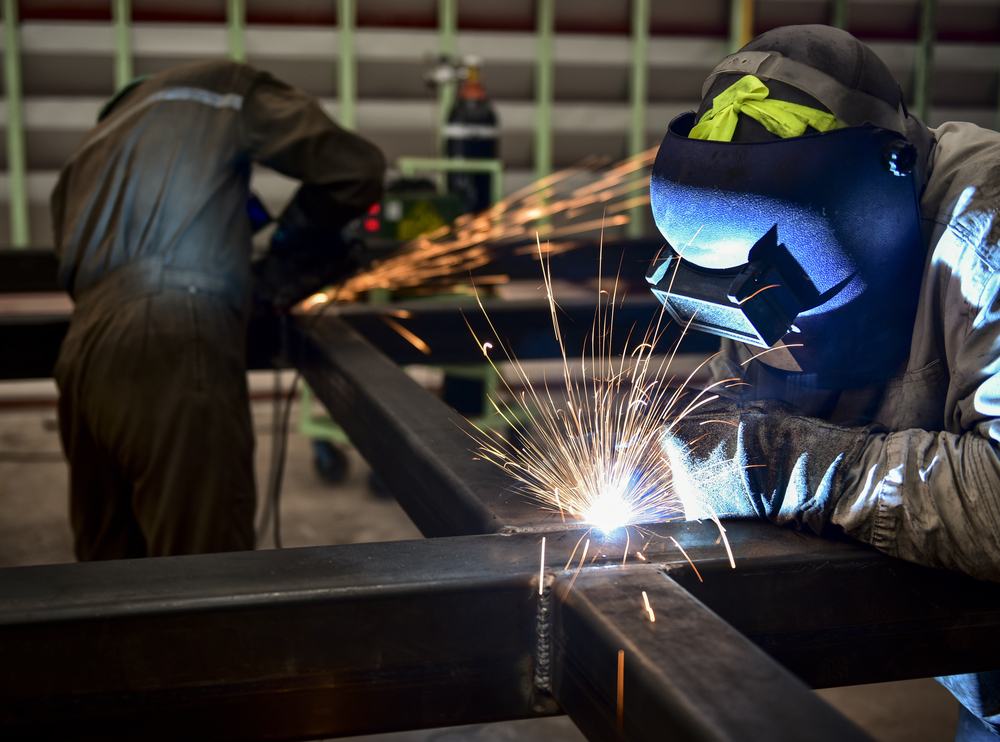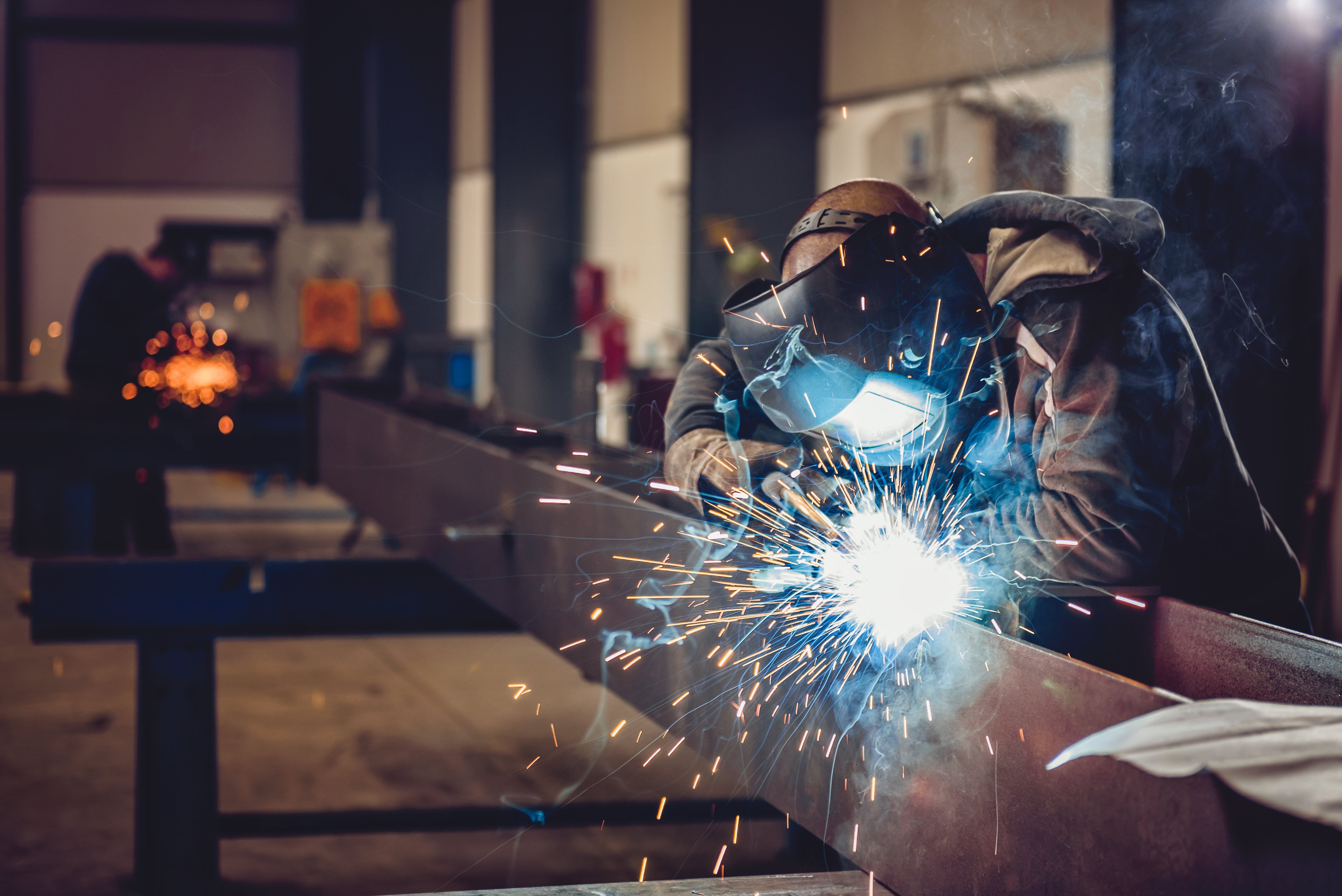Common Welding Repair Service Issues and How to Address Them Successfully
Welding repair work often run into a variety of problems that can jeopardize the integrity of the final item. Usual troubles include poor penetration, porosity, and misalignment, among others. Each flaw presents special obstacles that call for particular techniques for resolution. Comprehending these problems is vital for welders aiming to enhance their end results and skills. This discussion will certainly explore these typical welding repair issues and reliable approaches to resolve them.
Inadequate Infiltration
Poor penetration happens when the weld steel falls short to fully fuse with the base material, resulting in weak joints and prospective architectural failures. This issue frequently stems from inadequate warmth input, incorrect electrode angle, or incorrect welding rate. Welders might experience inadequate infiltration because of a miscalculation of the necessary criteria for a details material density or type. Additionally, contamination on the base material's surface can prevent reliable bonding, aggravating the issue. To address insufficient penetration, welders ought to assure ideal settings on their equipment and preserve a tidy work surface area. Normal inspection of welds is recommended to identify any kind of deficiencies early, allowing for timely corrections and the prevention of jeopardized structural integrity in welded settings up.
Porosity
Porosity is a common defect in welded joints that shows up as tiny gas bubbles entraped within the weld steel. This defect can jeopardize the honesty of the weld, leading to minimized toughness and potential failure under stress. Belgrade. Porosity typically arises from contamination, moisture, or incorrect welding methods, which enable gases to leave right into the molten weld pool. To address porosity, welders need to assure appropriate surface area preparation, preserve a clean workplace, and use appropriate welding criteria. Furthermore, choosing the ideal filler product and shielding gas can mitigate gas entrapment. Regular assessment and screening of welds can help identify porosity early, assuring timely rehabilitative actions are taken, therefore protecting the quality and integrity of the bonded structure
Misalignment
Imbalance in welding can occur from numerous variables, including incorrect setup and thermal expansion. Understanding the origin is important for efficient resolution. Several adjustment strategies are available to straighten elements and ensure architectural honesty.
Sources of Imbalance
Welding imbalance often stems from a range of underlying issues that can endanger structural honesty. One primary reason is inappropriate fit-up of elements before welding, which can result in spaces and irregular surfaces. Variants in thermal expansion throughout the welding procedure can additionally lead to distortion, especially if the products being signed up with have different coefficients of expansion. Additionally, poor clamping and fixturing might fail to hold elements firmly in place, leading to activity throughout welding. Poorly conserved equipment, including welding makers and tools, might introduce inconsistencies in the weld grain, additional adding to misalignment. Lastly, operator error, coming from not enough training or experience, can also play a substantial duty in creating misaligned welds.
Improvement Methods Offered
Dealing with misalignment effectively needs a combination of rehabilitative methods customized to the certain issues handy. One typical approach is using jigs or fixtures to hold parts in the appropriate placement throughout welding, ensuring regular positioning. In addition, pre-heating the products can assist reduce distortion and improve fit-up. For significant imbalance, mechanical realignment strategies, such as making use of hydraulic jacks or clamps, can be used to remedy the position prior to welding. Post-weld warm treatment might additionally be required to alleviate stress and anxieties created by imbalance. Finally, mindful inspection and adjustment during the configuration phase can stop misalignment issues from ending up being substantial problems, advertising a smoother welding process and enhancing general structural honesty.
Distortion
Distortion is a common challenge in welding that can emerge from various variables, consisting of irregular heating & cooling. Understanding the sources of distortion is essential for carrying out effective avoidance methods. Addressing this problem not only improves structural stability however likewise enhances the general top quality of the weld.
Root causes of Distortion
When based on the extreme warm of welding, materials typically undergo modifications that can lead to distortion. This sensation largely develops from thermal expansion and tightening throughout the welding procedure. As the weld location heats up, the product expands; upon cooling, it contracts, which can develop interior stresses. Additionally, irregular heating across a workpiece can exacerbate these stress and anxieties, resulting in warping or bending. The sort of material also plays a considerable function; metals with varying thermal conductivity and coefficients of development may respond differently, resulting in unpredictable distortions. Poor joint style and poor fixturing can contribute to misalignment during welding, increasing the possibility of distortion. Understanding these causes is vital for reliable welding fixing and avoidance strategies.
Avoidance Techniques
Efficient prevention techniques for distortion during welding emphasis on regulating warmth input and guaranteeing proper joint style. Maintaining a consistent warm input aids to minimize thermal growth and contraction, which can result in distortion. Using strategies such as preheating the workpiece can additionally reduce the temperature gradient, promoting consistent heating. Furthermore, picking appropriate joint layouts, such as T-joints or lap joints, can improve security and reduce stress and anxiety focus. Executing appropriate fixturing to secure the workpieces in position additionally help in keeping positioning during the welding process. Staggered welding series can disperse heat a lot more evenly, stopping local distortion. By applying these methods, welders can considerably reduce the probability of distortion and improve the overall top quality of their welds.
Fracturing
Splitting is a typical problem come across in welding repair services, frequently resulting from different variables such as improper air conditioning prices, material choice, or poor joint prep work. The incident of fractures can greatly endanger the integrity of the weld, leading to potential failures during operation. To resolve this problem, welders need to first examine the origin causes, guaranteeing that materials are compatible and properly chosen for the particular application. In addition, controlling the air conditioning price throughout the this post welding process is important; fast cooling can generate stress and anxiety and lead to splitting. Appropriate joint style and preparation likewise contribute to lessening the threat. Applying these methods can improve weld quality and toughness, eventually lowering the possibility of fracturing in ended up weldments.

Incomplete Blend
A substantial concern in welding repair work is incomplete combination, which occurs when the weld steel does not properly bond with the base material or previous weld passes - Belgrade. This flaw can cause weaknesses in the joint, potentially jeopardizing the honesty of the bonded structure. Factors adding to incomplete fusion consist of inadequate warmth input, incorrect welding strategy, and contamination of the surface areas being signed up with. To resolve this concern successfully, welders need to assure correct pre-weld cleaning and surface area prep work, as well as readjust their welding specifications to accomplish appropriate penetration and fusion. Normal assessment during the welding process can additionally help recognize incomplete fusion early, permitting prompt restorative procedures to enhance the general high quality of the weld
Overheating
While welding fixings can boost architectural integrity, overheating provides a substantial difficulty that can lead to material degradation. Excessive heat throughout welding can alter the mechanical homes of steels, leading to lowered stamina, increased brittleness, and warping. This phenomenon is especially crucial in high-stress applications where structural reliability is vital. Identifying overheating can include aesthetic examinations for staining or distortion, in addition to keeping track of temperature level throughout the welding procedure. To alleviate the risks connected with overheating, welders must utilize suitable techniques, such as managing warm input, changing traveling rate, and using suitable filler products. In addition, applying pre- and post-weld warmth therapies can aid recover product homes and improve the total quality of the fixing, ensuring long-term efficiency and safety.
Regularly Asked Inquiries
What Are the Usual Signs of a Welding Defect?

Exactly How Can I Test My Welds for High quality?
To examine welds for top quality, one can use aesthetic examinations, ultrasonic testing, and radiographic methods. Each strategy guarantees architectural integrity, determines issues, and confirms adherence to defined standards, inevitably boosting the dependability of the bonded joints.
What Safety and security Precautions Should I Take While Welding?
When welding, one must focus on security by putting on suitable personal safety tools, making certain appropriate ventilation, securing flammable materials away, maintaining a tidy work space, and recognizing surroundings to avoid mishaps and injuries.
Can I Fix a Weld Without Redesigning the Entire Joint?
Repairing a weld without renovating the entire joint is possible, depending on the damages (Belgrade Welding). Techniques such as grinding, including filler material, or using a welding procedure can effectively resolve details imperfections while protecting the bordering structure
What Tools Are Necessary for Efficient Welding Repair Works?
Important devices for effective welding fixings consist of a welding machine, wire brush, mill, protective gear, clamps, and filler materials. Each device plays a vital function in making certain high quality and safety throughout the repair process. Porosity normally develops from contamination, dampness, or inappropriate welding techniques, which enable gases to get away into the molten weld pool. Badly conserved equipment, including welding machines and tools, might present disparities in the weld grain, further contributing description to imbalance. When subjected to the extreme heat of welding, products typically undertake changes that can lead to distortion. Fracturing is a common issue come across in welding repairs, commonly resulting from numerous check out here aspects such as incorrect air conditioning prices, material choice, or poor joint preparation. A considerable concern in welding fixings is insufficient combination, which takes place when the weld steel does not appropriately bond with the base product or previous weld passes.
Comments on “Do you know signs of incomplete fusion? Montana Mobile Welding and Repair explains how to detect them”